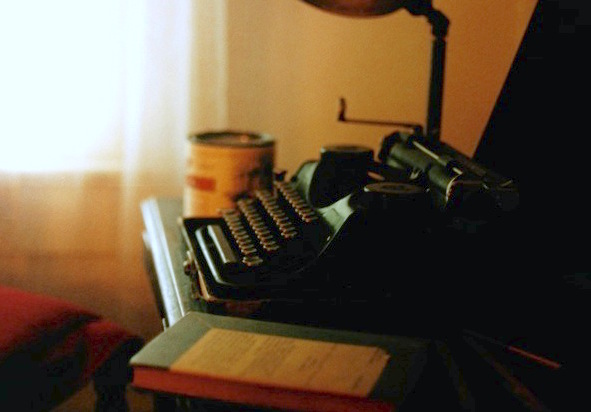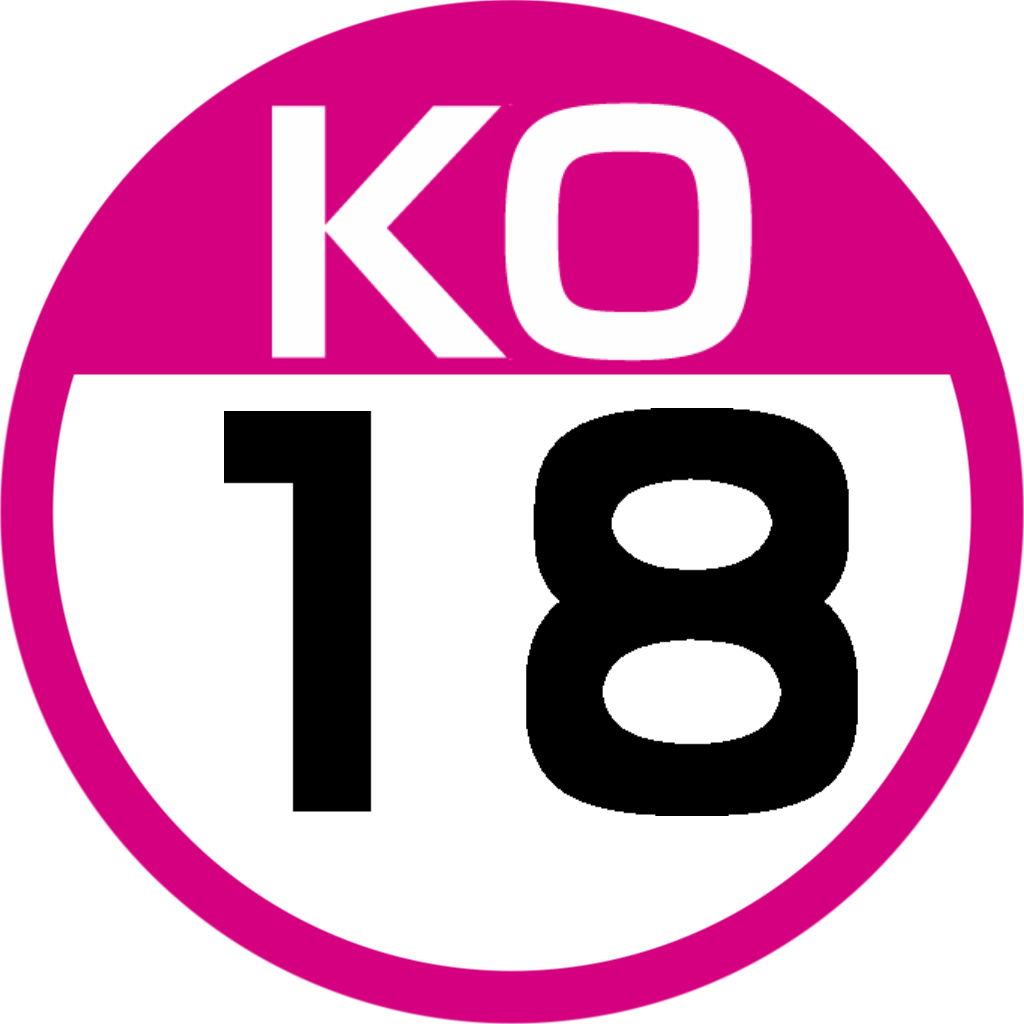|
Roka-kōen Station
is a railway station on the Keio Line in Setagaya, Tokyo, Japan, operated by the private railway operator Keio Corporation. The station is named after the nearby Roka Kōshun-en, a park to commemorate Japanese novelist Roka Tokutomi (1868-1927). The park is located approximately one kilometer south of the station. Despite the name, Hachimanyama Station is marginally closer to the park itself. Station layout This station has two ground-level side platform A side platform (also known as a marginal platform or a single-face platform) is a platform positioned to the side of one or more railway tracks or guideways at a railway station, tram stop, or transitway. A station having dual side platforms ...s serving two tracks. Platforms History The station opened on April 15, 1913, initially named . It was renamed on September 1, 1937. References {{DEFAULTSORT:Roka-Koen Station Keio Line Stations of Keio Corporation Railway stations in Tokyo Railway stations in Ja ... [...More Info...] [...Related Items...] OR: [Wikipedia] [Google] [Baidu] |
Setagaya, Tokyo
is a special ward in Tokyo, Japan. It is also the name of a neighborhood and administrative district within the ward. The ward calls itself Setagaya City in English. Its official bird is the azure-winged magpie, its flower is the fringed orchid, and its tree is the ''Zelkova serrata''. Setagaya has the largest population and second largest area (after Ōta) of Tokyo's special wards. As of January 1, 2020, the ward has an estimated population of 939,099, and a population density of 16,177 persons per km² with the total area of 58.06 km². Geography Setagaya is located at the southwestern corner of the Tokyo's special wards and the Tama River separates the boundary between Tokyo Metropolis and Kanagawa Prefecture. Residential population is among the highest in Tokyo as there are many residential neighbourhoods within Setagaya. Setagaya is served by various rail services providing frequent 2 to 3 minutes headway rush hour services to the busiest train terminals of Shinj ... [...More Info...] [...Related Items...] OR: [Wikipedia] [Google] [Baidu] |
Tokyo
Tokyo (; ja, 東京, , ), officially the Tokyo Metropolis ( ja, 東京都, label=none, ), is the capital and largest city of Japan. Formerly known as Edo, its metropolitan area () is the most populous in the world, with an estimated 37.468 million residents ; the city proper has a population of 13.99 million people. Located at the head of Tokyo Bay, the prefecture forms part of the Kantō region on the central coast of Honshu, Japan's largest island. Tokyo serves as Japan's economic center and is the seat of both the Japanese government and the Emperor of Japan. Originally a fishing village named Edo, the city became politically prominent in 1603, when it became the seat of the Tokugawa shogunate. By the mid-18th century, Edo was one of the most populous cities in the world with a population of over one million people. Following the Meiji Restoration of 1868, the imperial capital in Kyoto was moved to Edo, which was renamed "Tokyo" (). Tokyo was devastate ... [...More Info...] [...Related Items...] OR: [Wikipedia] [Google] [Baidu] |
Keio Corporation
() is a private railway operator in Tokyo, Japan, and the central firm of the that is involved in transport, retail, real estate and other industries. The name is derived from taking one character each from the places through which the railway runs: and . The Keio railway network connects the western suburbs of Tokyo (Chōfu, Fuchū, Hachiōji, Hino, Inagi, Tama) and Sagamihara in Kanagawa with central Tokyo at Shinjuku Station. Lines The Keio network is based around the central Keiō Line, , 32 stations. The Keio Inokashira Line does not share track with the Main Line. It intersects with the Keio Line at Meidaimae Station. History The company's earliest predecessor was the founded in 1905. In 1906 the company was reorganized as the , and in 1910 was renamed yet again to . It began operating its first stretch of interurban between Sasazuka and Chōfu in 1913. By 1923, Keiō had completed its main railway line (now the Keiō Line) between Shinjuku and Hachiōji. Tra ... [...More Info...] [...Related Items...] OR: [Wikipedia] [Google] [Baidu] |
Novelist
A novelist is an author or writer of novels, though often novelists also write in other genres of both fiction and non-fiction. Some novelists are professional novelists, thus make a living writing novels and other fiction, while others aspire to support themselves in this way or write as an avocation. Most novelists struggle to have their debut novel published, but once published they often continue to be published, although very few become literary celebrities, thus gaining prestige or a considerable income from their work. Description Novelists come from a variety of backgrounds and social classes, and frequently this shapes the content of their works. Public reception of a novelist's work, the literary criticism commenting on it, and the novelists' incorporation of their own experiences into works and characters can lead to the author's personal life and identity being associated with a novel's fictional content. For this reason, the environment within which a novelist works ... [...More Info...] [...Related Items...] OR: [Wikipedia] [Google] [Baidu] |
Roka Tokutomi
The Republic of Korea Army (ROKA; ko, 대한민국 육군; Hanja: 大韓民國 陸軍; RR: ''Daehanminguk Yuk-gun''), also known as the ROK Army or South Korean Army, is the army of South Korea, responsible for ground-based warfare. It is the largest of the military branches of the Republic of Korea Armed Forces with 420,000 members . This size is maintained through conscription; South Korean men must complete military service (18 months for army, auxiliary police and marine, 20 months for navy and conscripted firefighter, 21 months for air force and social service, 36 months for alternative service) between the age of 18 and 35. History The modern South Korean army traces its lineage back to the Gwangmu Reform, when the Byeolgigun was established by Emperor Gojong in 1881. The 1st of every October is celebrated in South Korea as Armed Forces Day. It commemorates the day during the Korean War when units of the ROK Army first crossed the 38th Parallel, thus leading the U ... [...More Info...] [...Related Items...] OR: [Wikipedia] [Google] [Baidu] |
Hachimanyama Station
is a railway station on the Keio Line in Suginami, Tokyo, Japan, operated by the private railway operator Keio Corporation. Station The station consists of a single elevated island platform serving two tracks. There are also two outer tracks used by passing trains. Platforms History Hachimanyama Station opened on 1 May 1918. See also * List of railway stations in Japan The links below contain all of the 8579 railway stations in Japan. External links {{Portal bar, Japan, Trains * Railway stations Japan Japan ( ja, 日本, or , and formally , ''Nihonkoku'') is an island country in East Asia. It ... References External links Keio station information {{DEFAULTSORT:Hachimanyama Station Keio Line Stations of Keio Corporation Railway stations in Tokyo Railway stations in Japan opened in 1918 ... [...More Info...] [...Related Items...] OR: [Wikipedia] [Google] [Baidu] |
Side Platform
A side platform (also known as a marginal platform or a single-face platform) is a platform positioned to the side of one or more railway tracks or guideways at a railway station, tram stop, or transitway. A station having dual side platforms, one for each direction of travel, is the basic design used for double-track railway lines (as opposed to, for instance, the island platform where a single platform lies between the tracks). Side platforms may result in a wider overall footprint for the station compared with an island platform where a single width of platform can be shared by riders using either track. In some stations, the two side platforms are connected by a footbridge running above and over the tracks. While a pair of side platforms is often provided on a dual-track line, a single side platform is usually sufficient for a single-track line. Layout Where the station is close to a level crossing (grade crossing) the platforms may either be on the same side of the cross ... [...More Info...] [...Related Items...] OR: [Wikipedia] [Google] [Baidu] |
Keiō Line
The is a 37.9-km railway line in western Tokyo, Japan, owned by the private railway operator Keiō Corporation. It connects Shinjuku, Tokyo, with the suburban city of Hachiōji. The Keiō Line is part of a network with interchanges and through running to other lines of Keiō Corporation: the Keiō New Line, Keiō Sagamihara Line, the Keiō Keibajō Line, the Keiō Dōbutsuen Line, the Keiō Takao Line, and the gauge Keiō Inokashira Line. Services Six different types of limited-stop services are operated on the Keiō Line, along with local trains. Destinations are from Shinjuku unless otherwise indicated. English abbreviations are tentative for this article. ; : Also known as for short. Until 2001 it was called . ; (R) : Most services for Hashimoto and Keiō-Tama-Center on the Sagamihara Line, and Takaosanguchi on the Takao Line ; (SeE) : Most bound for on the Sagamihara Line. Until 2013, these were weekday-only services called . ; (E) :Most services run from the Toe ... [...More Info...] [...Related Items...] OR: [Wikipedia] [Google] [Baidu] |
Keiō Sagamihara Line
The is a Japanese railway line operated by the private railway operator Keio Corporation, connecting Hashimoto Station in Sagamihara, Kanagawa Prefecture and Chōfu Station in Chōfu, Tokyo. Station list Rapid and Semi express services stop at all stations on this line. ;Notes: History The line opened as a one-stop single-track spur from Chōfu to Keiō-Tamagawa on 1 June 1916, electrified at 600 V DC, and was double-tracked on 1 April 1924. On 1 May 1937, Tamagawara was renamed Keiō-Tamagawa, and on 4 August 1963, the voltage was increased to 1,500 V DC. The line was extended (all extensions were electrified dual track) on 1 April 1971, to Keiō-Yomiuri-Land. Subsequent extensions brought the line to Keiō-Tama-Center (18 October 1974), Minami-Ōsawa (22 May 1988) and Hashimoto (30 March 1990). Tamasakai station opened on 6 April 1991. In 2012, the Chofu to Keiō-Tamagawa section was relocated underground. Station numbering was introduced on 22 February 2013. See a ... [...More Info...] [...Related Items...] OR: [Wikipedia] [Google] [Baidu] |
Keiō Takao Line
The is a railway line operated by the Japanese private railway operator Keio Corporation. The line connects Kitano Station on the Keio Line, to Takaosanguchi Station, and offers access to Mount Takao at the terminal. It is gauge, electrified at 1,500 V DC. The line originally terminated at Goryōmae to service visitors to the Musashi Imperial Graveyard. During the daytime, most trains operate through to/from the Shinjuku terminal on the Keio Line. Service patterns On the Takao Line, Keio operates six different service types, with trains running through to and from the Keio Main Line. * (L) * (R) * (SeE) * (E) * (SpE) * Mt.TAKAO (MT) - Reserved-seat supplementary-fare services to and from Shinjuku, operating on weekends and holidays with three round-trips. Stations All stations are in Hachiōji, Tokyo. ;Legend ● : All trains stop ▲ : Shinjuku-bound trains stop to pick up passengers │ : All trains pass History Former Goryō Line On March 20, 1930, the K ... [...More Info...] [...Related Items...] OR: [Wikipedia] [Google] [Baidu] |





